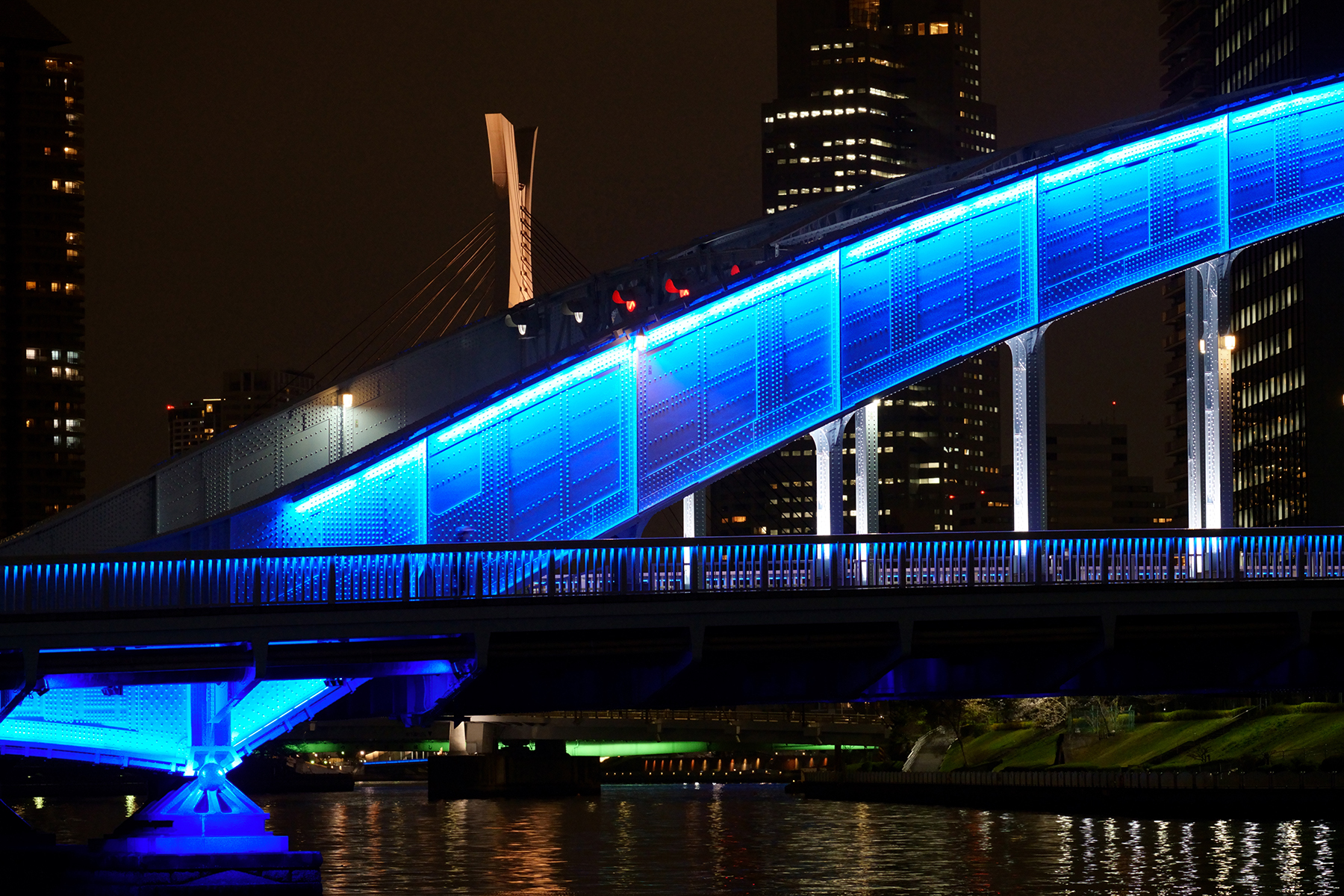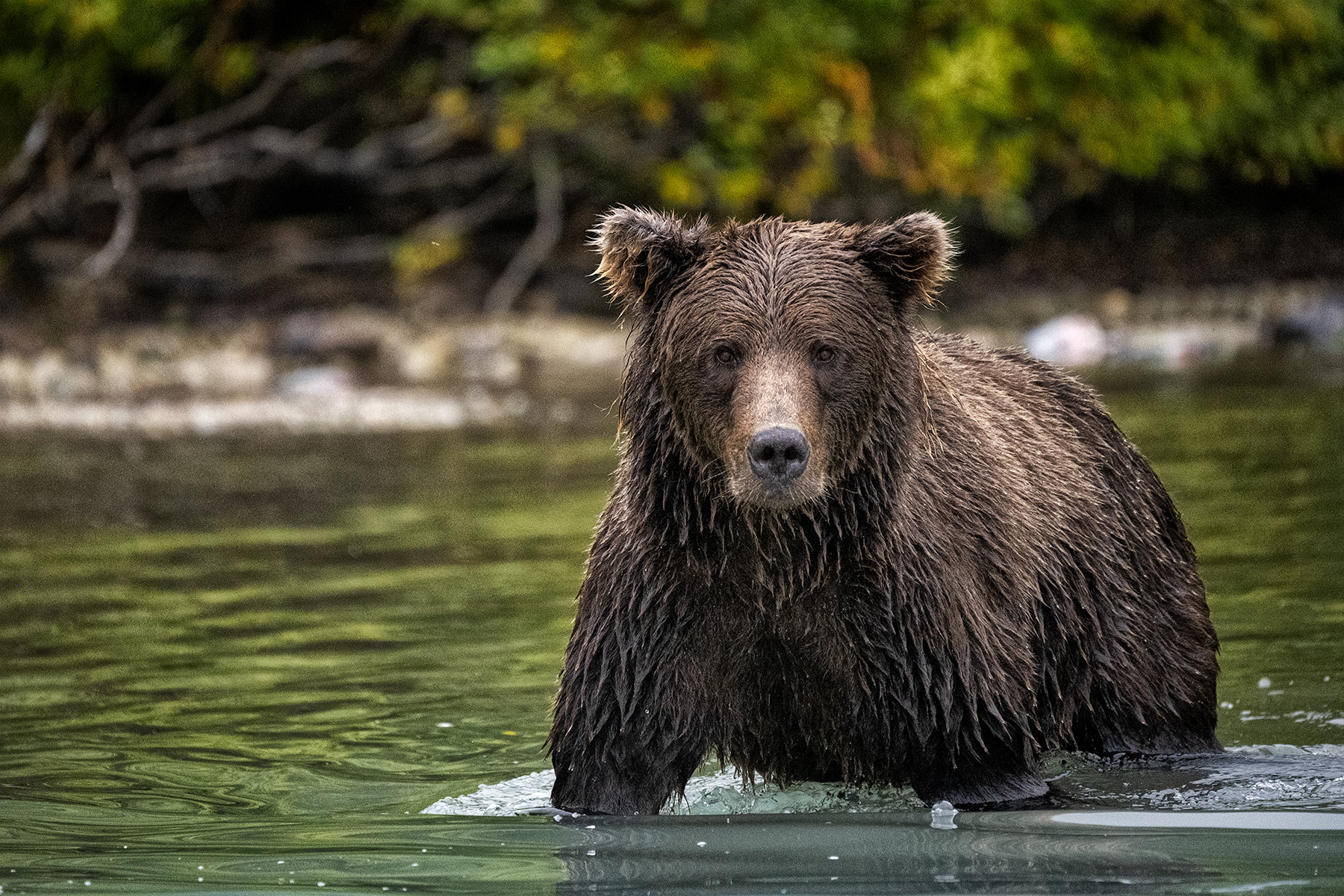How Lens Quality Impacts Image Stabilization
In the world of photography, capturing sharp and clear images is essential, and one of the best ways to achieve this is to reduce blur with image stabilization lenses. This game-changing technology compensates for camera shake, allowing you to take crisp photos even in challenging conditions.
But what exactly is image stabilization, and why is it so important in lenses?

When capturing breathtaking landscapes, fast-paced action shots, or smooth, cinematic videos, stabilization can make or break your results. Today’s cameras often come equipped with advanced stabilization technology, but even the best camera bodies can’t do it all.
High-quality image stabilization lenses play an equally critical role in ensuring stable, blur-free images and videos. You may ask, “Do Tamron lenses have image stabilization?” Absolutely. Many Tamron models come equipped with an advanced and proprietary image stabilization system called Vibration Compensation (VC).
Some of the best lenses with image stabilization come from Tamron. We design them for Sony E, Nikon Z, and Fujifilm X mirrorless cameras.
In this post, we will discuss:
- Why image stabilization is essential to getting great results in challenging scenarios
- The benefits of using a high-quality lens with image stabilization to reduce blur with image stabilization lenses and capture sharper images.
- Tamron’s most popular lenses with image stabilization
- The key factors of lens construction and how this affects stabilization
- Why investing in the right lens matters to your creative end results
What is Image Stabilization and Why is it Essential?
Image stabilization is a key technology in modern photography. It counteracts camera shake, which often leads to blurred images. By reducing this shake, photographers can take clearer photos. This is especially true in low light when hand holding their camera and lens.

Camera shake is a common issue, especially with handheld shooting. Slight movements of your hands or even your breathing can cause it. This is where image stabilization comes in handy.
There are two primary types of image stabilization: optical and digital. Both serve the purpose of reducing blur, but they do so in different ways. Optical stabilization involves physical adjustments within the lens. Digital stabilization uses software to correct the image.
The benefits of image stabilization are especially noticeable in certain types of photography. For instance, wildlife and sports photographers often deal with unpredictable movements. Here, stabilized lenses make a significant difference.

Moreover, image stabilization is crucial for videography. Videos tend to amplify any camera shakes, so having stabilized lenses can greatly improve video quality.
Understanding the importance of image stabilization is essential for anyone looking to improve their photography or videography skills. It provides more flexibility, ensuring high-quality images in a range of situations.
The Benefits of VC Image Stabilization in High-Quality Lenses

- Sharper Images in Low Light: With VC, you can shoot at slower shutter speeds without worrying about motion blur.
- Lower ISO: Reduces the need for higher ISO settings.
- Smooth Video Recording: VC minimizes the jitters and shakes that are common when recording handheld footage.
- Improved Telephoto Performance: Longer focal lengths can increase camera shake. However, VC in Tamron’s telephoto lenses keeps your shots stable, even at long distances.
How Tamron’s Vibration Compensation (VC) Technology Sets a Benchmark
Tamron’s proprietary Vibration Compensation (VC) technology is one of the standout features in our high-quality lenses. Designed to work seamlessly with camera bodies, VC provides exceptional stability across various shooting scenarios. VC uses a modern three-coil system to control lens elements. This ensures smooth and precise stabilization for photos and videos.
Reduce Blur with Image Stabilization Lenses From Tamron Featuring VC Technology

- Tamron 17-70mm F/2.8 Di III-A VC RXD: This is a fast wide angle to standard zoom lens for APS-C cameras. It is great for landscapes, portraits, and events. With VC, this lens provides sharp images with no shake. It’s available in Sony and Fujifilm mounts.
- 18-300mm F/3.5-6.3 Di III-A VC VXD: This versatile zoom lens is made for APS-C mirrorless cameras. It is great for travel and everyday photography. It has VC technology to reduce camera shake. It’s available in Sony and Fujifilm mounts.
- 28-300mm F/4-7.1 Di III VC VXD: This is a flexible zoom lens with stabilization. It is perfect for travel and daily photography. With VC you can shoot in low light and hand-held at its ultra telephoto range. It is available for full-frame Sony mount.
- Tamron 70-180mm F/2.8 Di III VC VXD G2: This telephoto lens is great for portrait, sports, and wildlife photography. It provides stability, even at high zoom levels. It is available for full-frame Sony mount.
- Tamron 50-400mm F/4.5-6.3 Di III VC VXD: This is a compact ultra-telephoto zoom lens. It has a wide zoom range for landscapes, wildlife, and sports photography. It offers great stabilization and sharp images, even at 400mm. It’s available in Sony and Nikon Z mounts. Its lightweight sister lens, the 50-300mm F/4.5-6.3 Di III VC VXD also offers VC and is available for Sony mount.
- Tamron 150-500mm F/5-6.7 Di III VC VXD G2: This lens is made for wildlife, birds, and other moving subjects. It provides sharp images at long distances thanks to its effective VC system. It’s available in Sony, Fujifilm, and Nikon Z mounts.
How Lens Construction Affects Stabilization
Lens quality goes beyond built-in image stabilization. The lens’s design plays an important role in stabilization. This includes the arrangement of glass parts, careful engineering, and the use of advanced materials.
Key Factors in Lens Construction:
- Precision Glass Elements: High-quality lenses use carefully made optical parts. These parts reduce distortions and keep sharpness across the frame.
- Vibration-Resistant Design: High-quality lenses use materials and designs that absorb small vibrations. This helps protect the image quality.
- Lightweight Build: Special materials like alloys or composite plastics make lenses lighter. This makes them easier to handle and reduces fatigue and shake.
Tamron designs its lenses with these ideas in mind. This ensures that every shot is steady, and every video clip is smooth.
Why Invest in a High-Quality Lens with Image Stabilization?

While it might be tempting to rely solely on in-camera stabilization, the lens is your first line of defense against shake and blur. Here’s why investing in a high-quality lens matters:
- Enhanced Compatibility: Tamron lenses with VC work seamlessly with camera bodies featuring in-body stabilization (IBIS), providing a dual layer of stabilization.
- Long-Term Durability: High-quality lenses are made to handle the demands of professional use. They provide reliable performance over time.
- Versatility Across Scenarios: A premium lens works well for both fast sports events and quiet, low-light scenes.
- Better Image Quality: Stabilization does more than reduce blur. It also keeps sharpness and detail in every shot.
Conclusion
Buying a good lens is one of the best ways to improve your photography and videography. Reduce blur with image stabilization lenses like Tamron’s, which feature advanced Vibration Compensation (VC) technology.
Engineers build them with precision, and they work well with modern cameras, providing excellent stabilization. The pros will tell you—the right lens can make all the difference in capturing stunning, shake-free images and videos.
